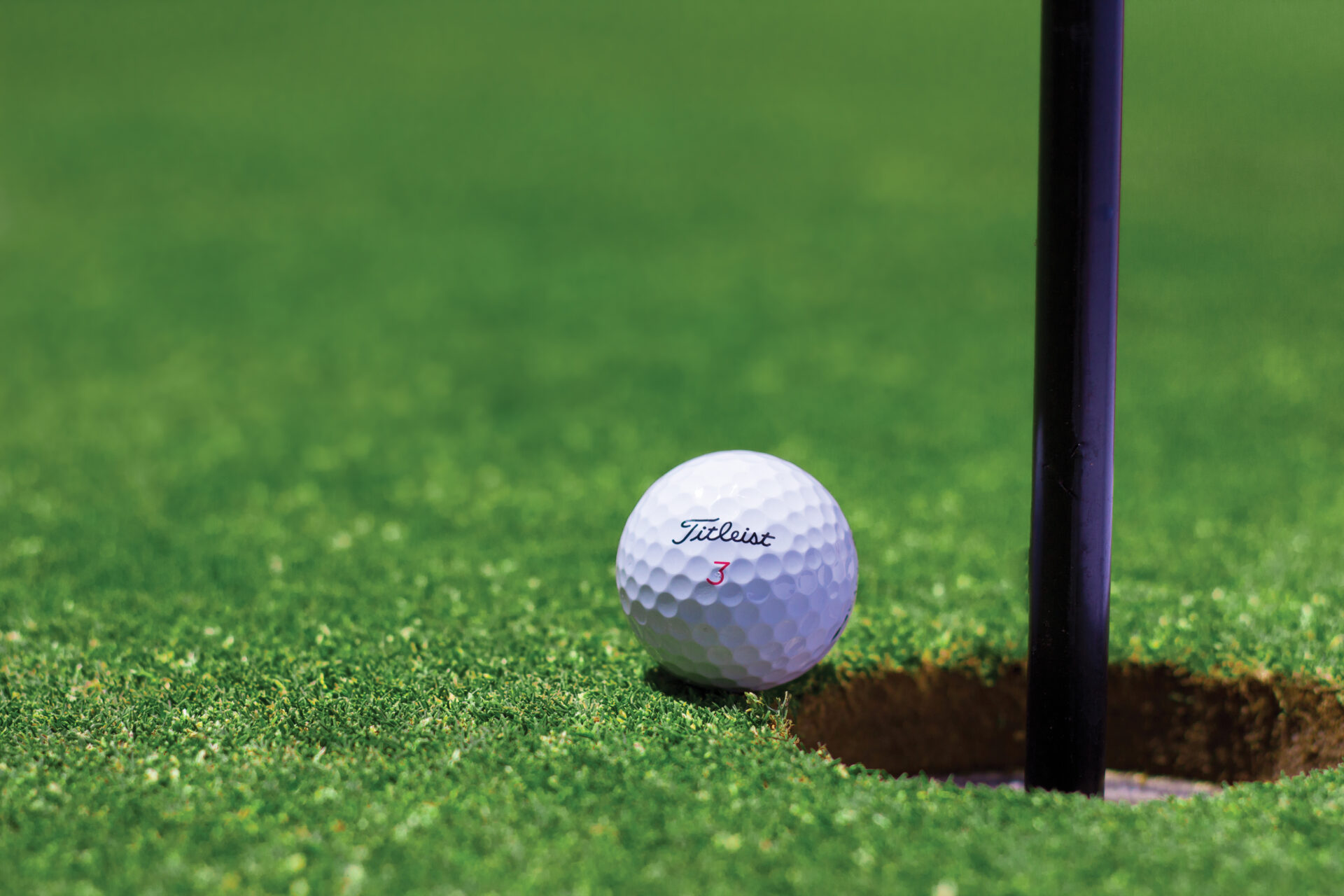Exercise balls, also known as stability balls or Swiss balls, have been increasingly utilized in therapy settings for their numerous benefits in strengthening the body. These large and inflatable balls are not only visually intriguing, but they also offer a range of unique features that make them an ideal tool for rehabilitation and exercise. One of the key impacts of exercise balls in therapy is their ability to engage the body’s core muscles, promoting stability and balance. By sitting or lying on the ball, various muscle groups are activated to maintain equilibrium, providing individuals with a challenging but effective way to strengthen their bodies.
In addition to core engagement, exercise balls in therapy also promote better posture and body alignment. When using the ball as a seat, individuals must actively engage their muscles to maintain proper posture. This constant activation of the core, back, and leg muscles helps to improve body alignment over time, leading to better posture and reduced strain on the joints. Moreover, exercise balls offer a low-impact form of exercise that is gentle on the body, making them suitable for individuals with certain physical limitations.
Moving forward, this article will delve into the key takeaways of incorporating exercise balls in therapy. We will explore the various exercises and techniques that can be performed using these balls to target different muscle groups and achieve specific therapeutic goals. Additionally, we will discuss how exercise balls can be tailored to individuals with different fitness levels and offer suggestions on how to integrate them into existing therapy routines. By the end of this article, readers will have a comprehensive understanding of the benefits and versatile applications of exercise balls in therapy.
Key Takeaways
1. Exercise balls are versatile and effective tools used in therapy to strengthen the body. They can be used for a wide range of exercises that target various muscle groups, helping individuals improve their balance, core stability, and overall strength.
2. By incorporating exercise balls into therapy sessions, patients can benefit from improved posture and reduced back pain. These balls force the body to engage its stabilizer muscles, leading to better spinal alignment and increased support for the back.
3. Exercise balls can also be helpful in rehabilitation programs, aiding in the recovery of injured individuals. They provide a safe and controlled way to strengthen weakened muscles and improve joint flexibility, promoting faster recovery and preventing future injuries.
4. The use of exercise balls in therapy promotes sensory integration, particularly in children with sensory processing disorders. The balls provide constant sensory input, helping to regulate sensation and support development of motor skills.
5. In addition to their physical benefits, exercise balls can have a positive impact on mental health. The act of sitting or exercising on a ball can engage the mind and body, promoting focus, relaxation, and stress reduction. These therapeutic effects can be especially helpful for individuals with anxiety or ADHD.
What are the Benefits of Using Exercise Balls in Therapy to Strengthen the Body?
1. Increased Core Strength
Using exercise balls in therapy is an effective way to strengthen your core muscles. As you sit or perform exercises on the unstable surface of the ball, your abdominal and back muscles are engaged to maintain balance. This constant engagement leads to improved core strength and stability.
2. Improved Balance and Coordination
One of the key benefits of using exercise balls in therapy is the improvement in balance and coordination. The unstable nature of the ball forces your body to constantly adjust to maintain stability, helping to enhance your balance and coordination skills over time.
3. Postural Improvement
Sitting on an exercise ball encourages proper posture as it requires you to engage your core and maintain an upright position. Regular use of exercise balls in therapy can help align your spine and strengthen the muscles that support good posture. This can be especially beneficial for individuals who spend long hours sitting at a desk.
4. Increased Flexibility and Range of Motion
Incorporating exercise balls into therapy allows for a greater range of motion during exercises. The instability of the ball requires your muscles to work harder to control the movements, leading to increased flexibility and improved joint mobility. This can be particularly helpful for individuals recovering from injuries or those dealing with conditions that affect their range of motion.
5. Rehabilitation and Injury Prevention
Exercise balls are commonly used in therapy for rehabilitation purposes. They can help in the recovery process by targeting specific muscle groups, improving strength, and promoting joint stability. Additionally, regular use of exercise balls in therapy can help prevent injuries by strengthening the muscles and enhancing overall body stability.
6. Fun and Versatile Fitness Tool
Exercise balls are not only beneficial in therapy but also provide a fun and versatile fitness tool for various workouts. You can incorporate them into your regular exercise routine to add variety and challenge to your workouts. From core exercises to balance training and even stretching, exercise balls offer endless possibilities for staying fit and active.
7. Suitable for All Fitness Levels
Exercise balls can be used by individuals of all fitness levels. Whether you are a beginner looking to improve your strength and balance or an advanced athlete aiming to enhance your performance, exercise balls can be adjusted to suit your needs and abilities. Their versatility makes them suitable for everyone, regardless of age or fitness level.
Ready to Get Started? Here are Some Tips for Using Exercise Balls in Therapy:
- Consult a therapist or fitness professional before starting exercises on an exercise ball to ensure proper form and technique.
- Choose the right size exercise ball based on your height, with your feet flat on the ground and knees at a 90-degree angle when sitting on the ball.
- Start with basic exercises and gradually progress to more challenging ones as your strength and balance improve.
- Ensure the exercise ball is properly inflated and stable before use to prevent accidents or injuries.
- Always maintain proper posture and engage your core muscles while performing exercises on the exercise ball.
- Incorporate a variety of exercises targeting different muscle groups to maximize the benefits of using exercise balls in therapy.
- Regularly clean and maintain your exercise ball to ensure its longevity and hygienic use.
FAQ
1. Can exercise balls be used in therapy for strengthening the body?
Yes, exercise balls are commonly used in therapy to strengthen the body. They provide a versatile and effective way to target specific muscle groups and improve overall strength and stability.
2. How do exercise balls help in therapy?
Exercise balls help in therapy by engaging the core muscles and promoting balance and stability. They improve muscle strength, flexibility, and coordination, making them ideal for rehabilitation and fitness purposes.
3. Are exercise balls suitable for individuals with injuries or medical conditions?
Exercise balls can be suitable for individuals with injuries or medical conditions, but it’s important to consult with a healthcare professional or therapist first. They can provide guidance on specific exercises and modifications that are safe and appropriate for each individual’s condition.
4. What exercises can be done with exercise balls in therapy?
There are various exercises that can be done with exercise balls in therapy, including core strengthening exercises, stretching, balance training, and even resistance exercises using additional equipment. A therapist can design a customized exercise program based on specific needs and goals.
5. How do exercise balls improve balance and stability?
Exercise balls challenge the body’s balance and stability because they provide an unstable surface to perform exercises on. This forces the muscles to work harder to stabilize the body, resulting in improved balance and stability over time.
6. Are there different sizes of exercise balls for therapy?
Yes, exercise balls come in different sizes to accommodate different body types and exercise requirements. It’s important to choose the right size, ensuring that when seated on the ball, the hips and knees are at a 90-degree angle.
7. Can exercise balls be used for both upper body and lower body strengthening?
Yes, exercise balls are versatile and can be used for both upper body and lower body strengthening. They can be incorporated into a wide range of exercises targeting various muscle groups, providing a comprehensive workout for the entire body.
8. Are exercise balls suitable for all fitness levels?
Exercise balls can be suitable for all fitness levels, but the intensity and difficulty of exercises may vary. Beginners may start with basic exercises, gradually progressing to more challenging ones as they build strength and stability. It’s important to listen to the body and avoid overexertion.
9. Are exercise balls only used in therapy settings?
No, exercise balls are not only used in therapy settings. They are widely used in fitness centers, gyms, and home workouts as well. Many individuals incorporate exercise balls into their regular exercise routines to enhance strength, balance, and flexibility.
10. Where can I find exercise balls for therapy?
Exercise balls can be found in sports equipment stores, online retailers, and even some physical therapy clinics. It’s important to choose a high-quality exercise ball that suits your needs and comes with proper inflation instructions.
Final Thoughts
Exercise balls are a valuable tool in therapy for strengthening the body. With their versatility and effectiveness, they offer a wide range of benefits for individuals recovering from injuries or aiming to improve their physical fitness. Incorporating exercise balls into therapy or regular exercise routines can lead to enhanced muscle strength, improved balance, and overall physical well-being. However, it’s crucial to seek guidance from professionals to ensure exercises are performed correctly and safely.
Whether you’re a physical therapy patient, an athlete, or simply someone looking to improve their fitness, consider incorporating exercise balls into your training regimen. Their benefits extend beyond just strengthening the body. By engaging various muscle groups and promoting balance, exercise balls contribute to better posture, improved coordination, and increased stability in daily activities. Embrace the versatility of exercise balls and discover a fun and effective way to enhance your physical capabilities.




